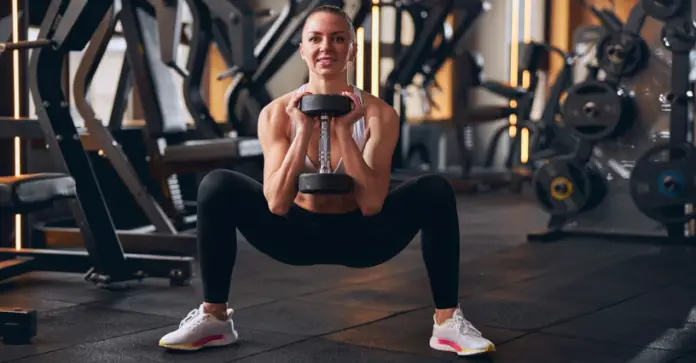The squat is one of the most popular and effective strength exercises, which allows you not only to build strong and muscular legs or well-shaped buttocks, but also to take care of the whole body.
However, for squats to have the right effect, they must be performed correctly. Together with us, you will learn the technique and types of squats and find out which muscles work with this exercise and why it is worth including it in your training plan.
Squats – what muscles do they work?
The squat is a multi-joint exercise that involves more than 80% of all muscles (in the weighted version). The quadriceps muscles (located at the front of the thigh), gluteal muscles (gluteus maximus) and thigh adductors are primarily involved in squats.
In the eccentric phase of the movement, i.e. when descending, the muscles of the lower calf (calf) and the hip flexors are also heavily involved.
The muscles around the knee are also worked, which helps to increase endurance and minimize the risk of injury. In addition, during the execution of squats, the following muscles are involved:
- the muscles of the tibia/ankle, namely the biceps femoris, semitendinosus and semimembranosus muscles ;
- dorsal muscles ;
- rectus and oblique abdominal muscles ;
- shoulder belt (when working with an additional load) .
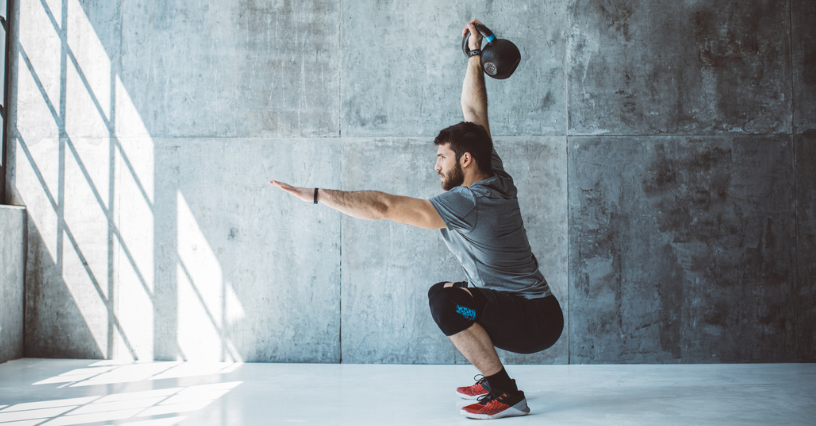
What do squats do?
Among the most important benefits of squats, it is worth mentioning the shaping and strengthening of the lower body, mainly the legs.
Technically correct squats are also important from the perspective of building strong back and abdominal muscles – keeping your back straight during the exercise helps with the work of maintaining correct posture.
Weighted squats are good for your bones – they increase bone density, which can help prevent osteoporosis. Also, performing squats regularly supports the endocrine system and improves blood circulation.
Squats are a staple in butt and leg training. They allow you to slim your thighs and sculpt your legs, therefore also being a way to lift your buttocks, firm them and reduce cellulite. In addition, when you perform them, for example, during intervals (squats and jumps), you can burn a lot of calories and increase the rate of fat burning, so they are an ally in weight loss.
The squat is a great functional exercise. The movement is similar to sitting down and standing up from a chair/step and for example, in the medicine ball version, lifting heavy objects or a child off the ground, so it will help maintain fitness general, mobility, balance and muscle strength, thus minimizing movement limitations and facilitating daily activities. As we age, tendons, muscles and ligaments lose their flexibility.
Doing squats regularly can help slow this process and give these structures the flexibility they need.
Squats are also a way to minimize the likelihood of injury – with correct technique, the exercise strengthens the stabilizing muscles, ligaments and connective tissues, thus improving among other things:
the stability and flexibility of the knee joints and strengthening the surrounding structures .
A huge advantage of squats is that you don’t need any special equipment to perform them, so the exercise can be performed virtually anywhere.
When will you notice the first effects of squats? After just one month of regular exercise, you will notice the positive effects of incorporating squats into your training plan.
This is strongly influenced by technique, type of squat, load used, diet and individual conditions .
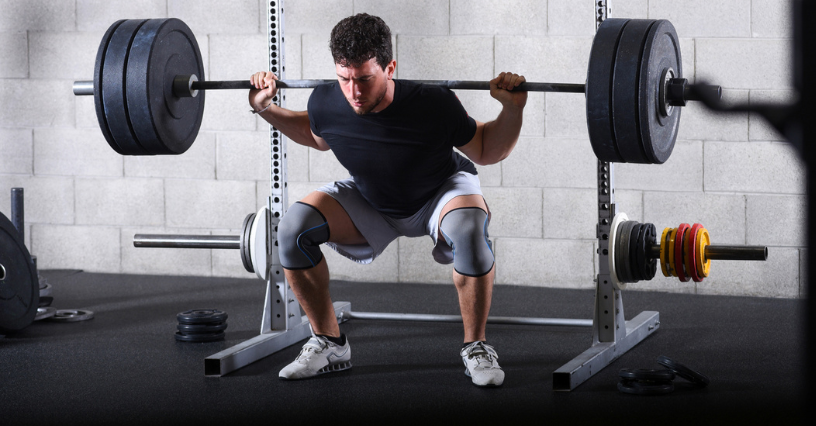
How to do squats correctly?
Correct squat position is essential for the exercise to be effective and injury-free.
- Position your feet shoulder-width apart and slightly spread your toes outwards. Depending on the anatomy, mobility and comfort of each of us, this position will be 5-30 degrees .
- Fix your feet in the ground for better stability .
- Pull your shoulder blades toward your spine and down and open your chest. Keep it up – don’t lean forward or round your shoulders or upper back to avoid putting too much pressure on your spine. As you exhale, pull your belly button back to engage your deep abdominal muscles, which are responsible for spine and pelvic stability .
- Inhale and begin the movement by pushing your hips back and bending your knees – point them toward your big toe and second toe. The depth of the squat depends on your mobility. Finish the squat at a depth that is comfortable for you .
- When you reach the bottom of the squat, pause for a second .
- You begin to return to the starting position with an exhalation. At the end of the standing phase, try to bring your pelvis into a neutral position .
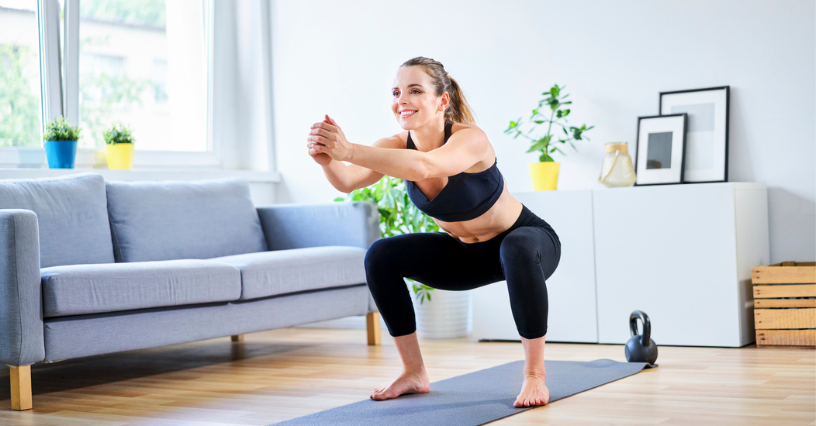
The most common mistakes when doing squats
Performing squats may seem trivial, but in practice it requires proper training and developing a correct movement pattern to avoid pain or injury. It is worth knowing what are the most common mistakes when performing squats:
- lack of heating, which can lead to injury ;
- a too narrow or too wide alignment of the legs ;
- excessive forward bending and lowering of the chest towards the floor ;
- the rounding of the back ,
- lifting the heels off the ground or transferring the weight of the body to the toes – this is most often due to an incorrect initial movement – you start the movement by bending the knees and not by pushing the hips back ;
- the loss of the neutral position of the spine in the lower back – you go down too much and the so-called Butt Wing is created, that is, an inversion of the pelvis, accompanied by a rounding of the lumbar spine ;
- breath holding ;
- lack of movement control or too fast repetitions ;
- turning the knees inward instead of keeping them pointed toward the toes ;
- stopping with knees bent at 90 degrees ;
- excessive extension of the knees at the end of the standing phase ;
- thrusting the hips forward in the final phase of standing up ;
- overestimating your capabilities and taking on too much weight, which can result in, for example, not being able to stand up on your own, the weight overloading you, overloading your shoulders and injuring yourself ;
- the lack of an insurance partner when you lift very heavy weights and try to beat your own records .
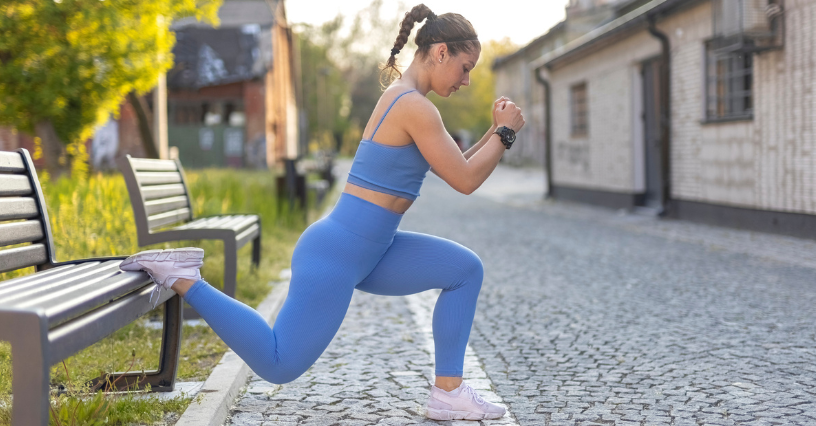
Types of squats: Bulgarian, with dumbbells, with dumbbells, sumo, with bands
The undeniable advantage of squats is the wide variety of versions of this exercise, which means that practically everyone can find the right type for anyone, depending on their training goals and taking into account their level of training, medical conditions or past injuries .
Squats can be performed either with your own body weight or with an additional weight. The most popular types of squats include:
- squats with dumbbells – the so-called back squats are the “king of strength exercises” . They are performed with the dumbbell held on the shoulders behind (the palms are located wider than the shoulders, and the elbows should be under the dumbbell at all times). Due to the possibility of individual selection of the weight, it allows a visible progress and the involvement of almost the whole body;
- Bulgarian squats – performed on one leg with the other leg resting on a platform such as a box. An ideal addition to your training when you want to strengthen and sculpt your buttocks and improve your stabilization ;
- sumo squats – performed with a wide stance. The feet should be placed wider than the shoulders and the toes should be pointing outwards. When going down, bend the knees over the ankles. Sumo squats can be done without additional weights, with a barbell on the shoulders, resistance bands over the knees, or a kettlebell at chest level or held down with the right hands. They can also be varied by adding toe-ups in a low position, combining them with bends or jumps to narrow squats ;
- kettlebell or dumbbell squats – the so-called goblet squat is a type of squat suitable for all fitness levels – to start, a small load, such as a dumbbell or kettlebell with a weight of 2 kg. The weight should be held at chest height. The goblet squat is a good starting point for a dumbbell squat;
- band squats – mini bands positioned over the knees when stretching them create additional resistance, increasing the effectiveness of exercises for the buttocks. Squats with resistance bands are a good form of rehabilitation after injuries such as those of the cruciate ligaments ;
- jumping squats – perfect for cardio and interval training. By jumping back to a high position at the end, it allows you to burn a lot of calories and boost your metabolism. Remember to land without putting too much pressure on the joints – from the toes over the metatarsals to the heel, and not on the whole leg ;
- squats with a dumbbell in front – the so-called front squat, a type of squat for intermediate and advanced people. In this case, the load in the form of a dumbbell is placed on the front shoulders. Strongly engages the quadriceps muscles of the thighs ;
- hack squats – performed using a machine for example, so it’s a good alternative for people who have trouble keeping their back straight when squatting with a barbell ;
- Zerchera squats – the name comes from its creator – Ed Zercher. In this variation of the squat, the barbell is held in the flexors of the elbows. It is suitable both at the beginning of your adventure with weights and, for example, when coming back from an injury, because it allows you to work on the correct squatting pattern with the bar behind you or in front of you .
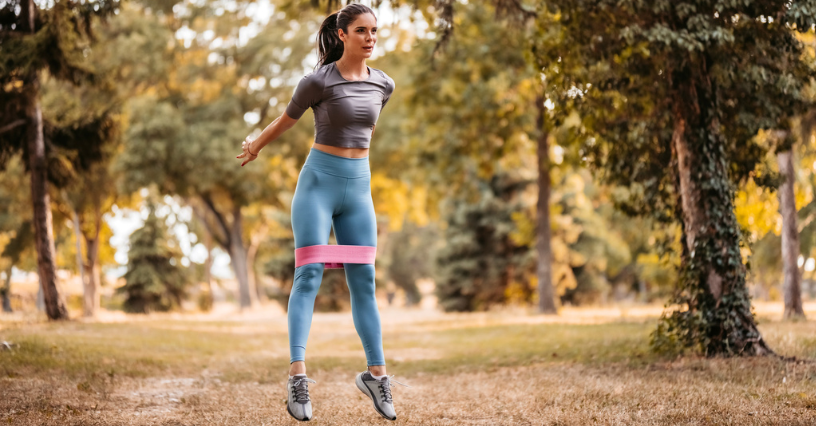
Do Squats Destroy Your Knees?
The harmful effect of squats on the knees is one of the most popular myths about this exercise. If you maintain proper technique and rationally select the load according to your capacity, squats will not adversely affect your knees.
If you have any doubts about whether squats are safe for you because, for example, you have a history of knee or hip injuries or back problems, you should check with your doctor/physiotherapist.
It’s also worth considering working with a personal trainer who can help you fine-tune the correct type of squats and loading range. This will be especially good if you are just starting to exercise.
Can the knees go past the toes in a squat?
Forget the old rule that your knees shouldn’t go past your toes. If you have a long femur and a short tibia, this will be normal for you. If you try to eliminate this problem, you may experience a lack of stability and satisfactory results.
How many squats should we do per day?
The number of squats you do in a day depends on the type of squats you do and whether you use additional weights or just your body weight.
In the first case, you will do leg workouts that include squats less often – for example, 2 times a week, and the number of squats will depend on your training goal. Plus, the more weight you use, the fewer reps you’ll perform. You will also need adequate recovery time. For bodyweight squats, this is also an individual issue.
More advanced people are able to do 100 or more squats a day. If you are just starting to exercise, do 15-20 technically correct squats to start with and increase this number by 5/10 reps every day or every week until 50 or 100 reps is no longer a problem for you. Then it’s worth reaching for an extra load to progress and give your body an extra boost.


